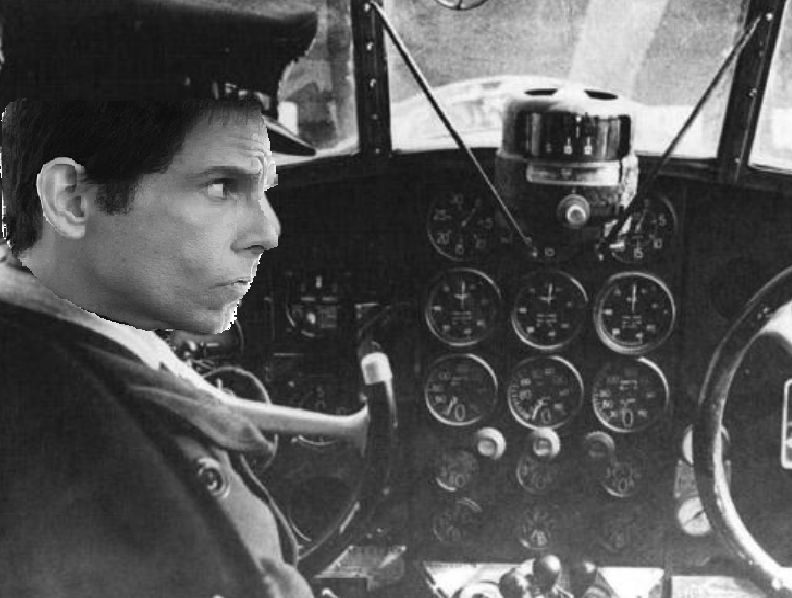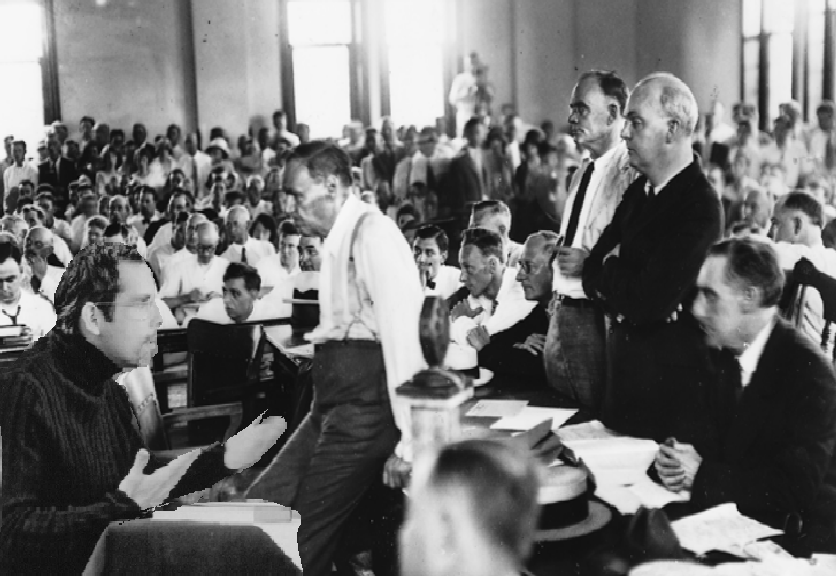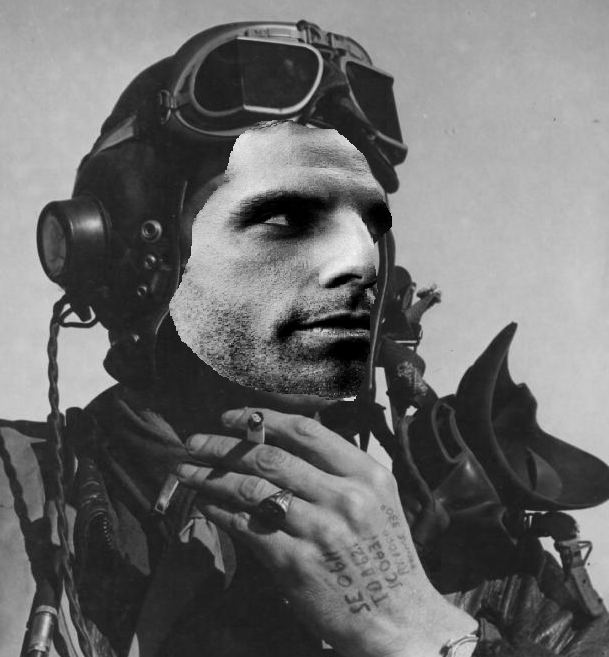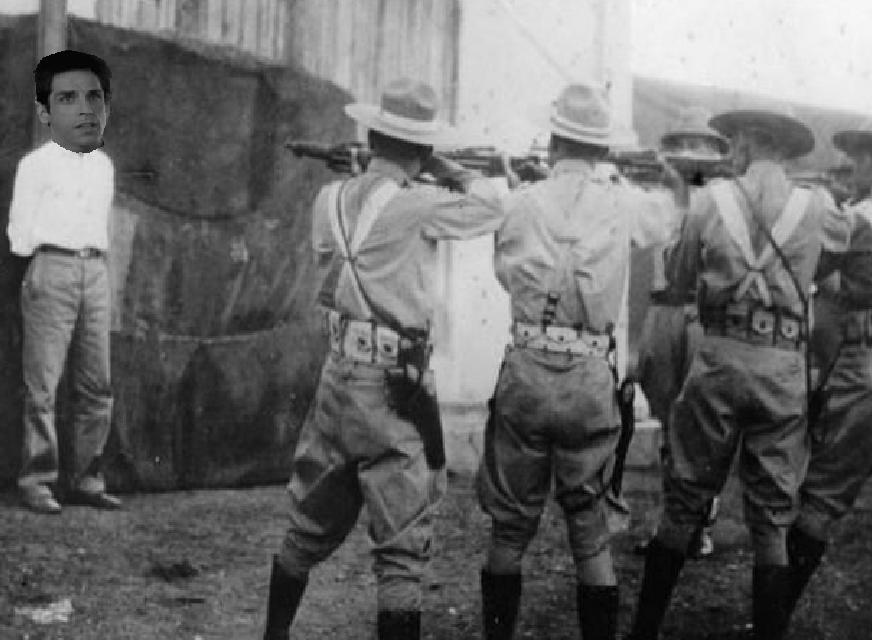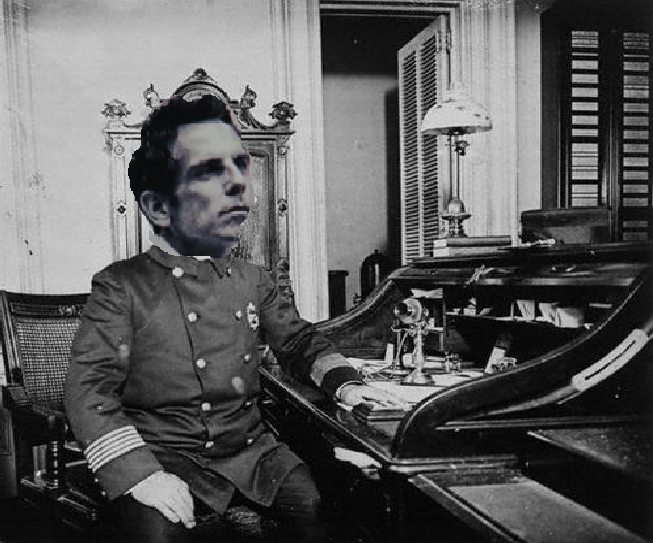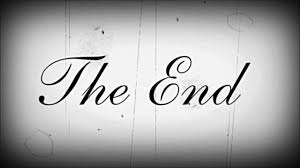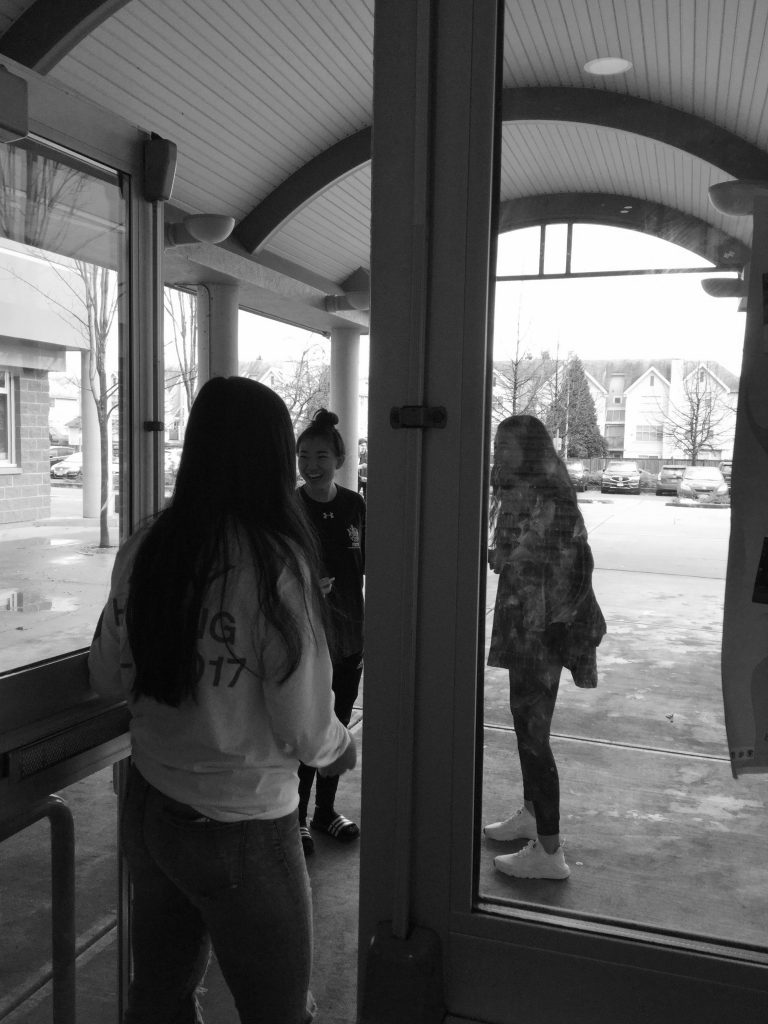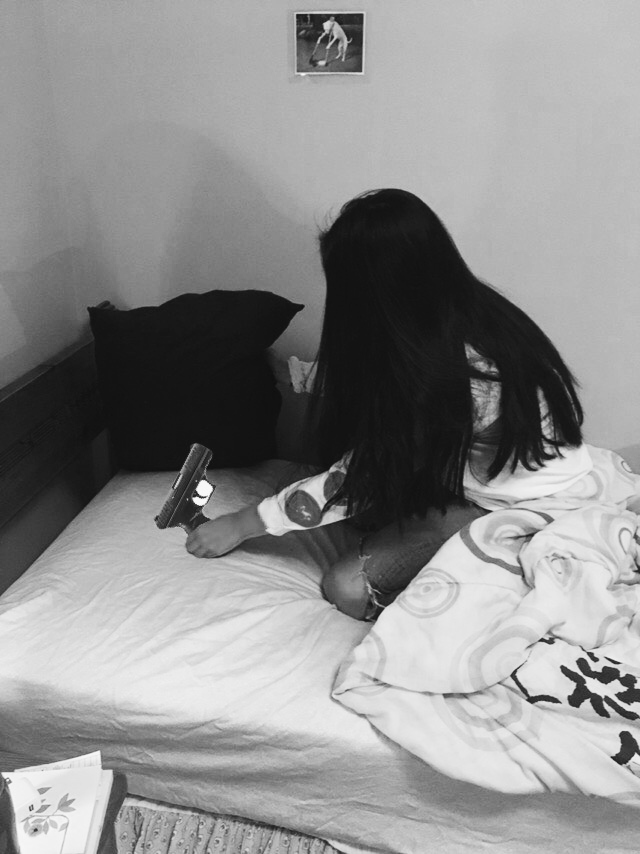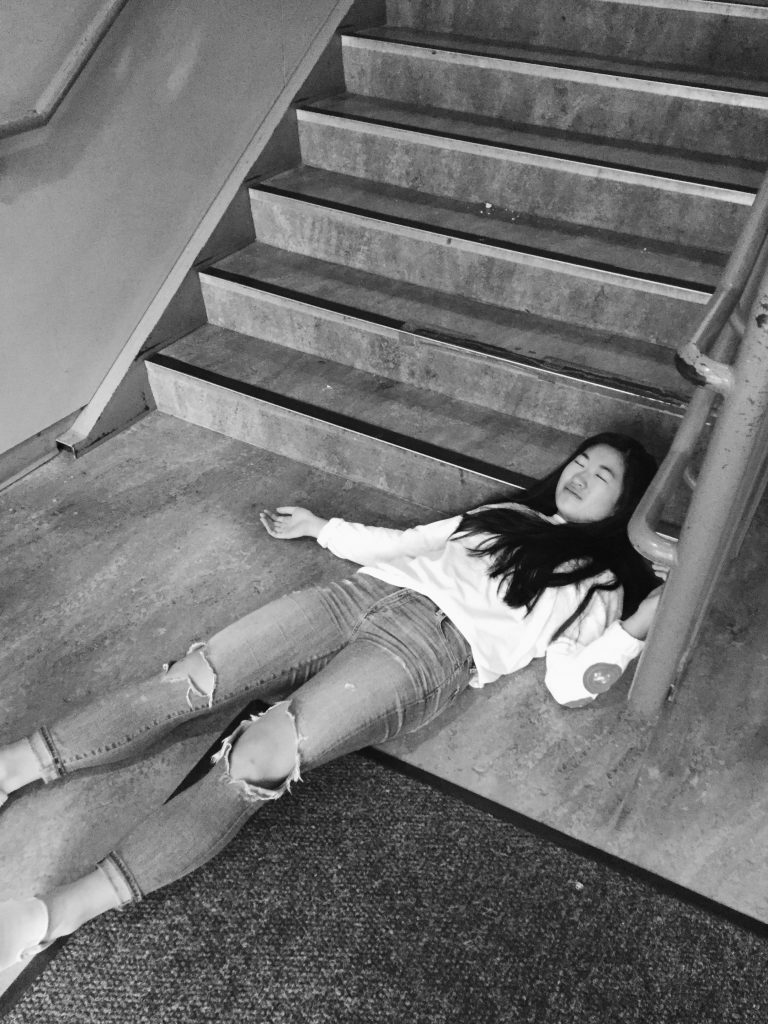These are the quotes that describe the island, where the story takes place in the novel, “Lord of the Flies, written by William Golding.
The Platform
- “Here the beach was interrupted abruptly by the square motif of the landscape; a great platform of pink granite thrust up uncompromisingly through forest and terrace and sand and lagoon to make a raised jetty four feet high. The top of this was covered with a thin layer of soil and coarse grass and shaded with young palm trees. There was not enough soil for them to grow to any height and when they reached perhaps twenty feet they fell and dried, forming a criss-cross pattern of trunks, very convenient to sit on. The palms that still stood made a green roof, covered on the underside with a quivering tangle of reflections from the lagoon” (Golding 13).
The Beach
2. “The shore was fledged with palm trees. These stood or leaned or reclined against the light and their green feathers were a hundred feet up in the air. The ground beneath them was a bank covered with coarse grass, torn everywhere by the upheavals of fallen trees, scattered with decaying coconuts and palm saplings. Behind this was the darkness of the forest proper and the open space of the scar. Ralph stood, one hand against a grey trunk, and screwed up his eyes against the shimmering water. Out there, perhaps a mile away, the white surf flinked on a coral reef, and beyond that the open sea was dark blue. Within the irregular arc of coral the lagoon was still as a mountain lake—blue of all shades and shadowy green and purple. The beach between the palm terrace and the water was a thin stick, endless apparently, for to Ralph’s left the perspectives of palm and beach and water drew to a point at infinity; and always, almost visible, was the heat” (Golding 4).
3. “The place of assembly in which he stood was roughly a triangle; but irregular and sketchy, like everything they made. First there was the log on which he himself sat; a dead tree that must have been quite exceptionally big for the platform. Perhaps one of those legendary storms of the Pacific had shifted it here. This palm trunk lay parallel to the beach, so that when Ralph sat he faced the island but to the boys was a darkish figure against the shimmer of the lagoon. The two sides of the triangle of which the log was base were less evenly defined. On the right was a log polished by restless seats along the top, but not so large as the chief’s and not so comfortable. On the left were four small logs, one of them–the farthest– lamentably springy” (Golding 82).
Lagoon
4. “Within the irregular arc of coral the lagoon was still as a mountain lake—blue of all shades and shadowy green and purple” (Golding 10).
The Cave
5. “He led the way over the rocks, inspected a sort of half-cave… There was indeed a long green smudge halfway up the rock… Side by side they scaled the last height to where the diminishing pile was crowned by the last broken rock… A hundred feet below them was the narrow causeway, then the stony ground, then the grass dotted with heads, and behind that the forest” (Golding 115-116).
6. “He was surrounded on all sides by chasms of empty air. There was nowhere to hide, even if one did not have to go on. He paused on the narrow neck and looked down. Soon, in a matter of centuries, the sea would make an island of the castle. On the right hand was the lagoon, troubled by the open sea; and on the left— Ralph shuddered. The lagoon had protected them from the Pacific: and for some reason only Jack had gone right down to the water on the other side. Now he saw the landsman’s view of the swell and it seemed like the breathing of some stupendous creature. Slowly the waters sank among the rocks, revealing pink tables of granite, strange growths of coral, polyp, and weed. Down, down, the waters went, whispering like the wind among the heads of the forest. There was one flat rock there, spread like a table, and the waters sucking down on the four weedy sides made them seem like cliffs. Then the sleeping leviathan breathed out, the waters rose, the weed streamed, and the water boiled over the table rock with a roar. There was no sense of the passage of waves; only this minute-long fall and rise and fall” (Golding 150).
Bathing Pool
7. “The beach near the bathing-pool was dotted with groups of boys waiting for the assembly” ( Golding 22).
The Scar
8. Beyond falls and cliffs there was a gash visible in the trees; there were the splintered trunks and then the drag, leaving only a fringe of palm between the scar and the sea” (Golding 22).
The Island
9. “It was roughly boat shaped; humped near this end with behind them the jumbled descent to the shore. On either side rocks, cliffs, tree-tp[s and a steep slope; forward there, the length of the boat, a tamer descent, tree-clad with hints of pink: and then the jungly flat of the island, dense green, but drawn at the end to a pink tail. There, where the island petered out in the water, was another island; a rock, almost detached, standing like a fort, facing them across the green with one bold, pink bastion” (Golding 26).
The Coral Reef
10. “The coral was scribbled in the sea as though a flowing, chalk line but tired before it had finished. Inside was peacock water, rocks and weed showing as in an aquarium; outside was the dark blue of the sea” (Golding 26).



